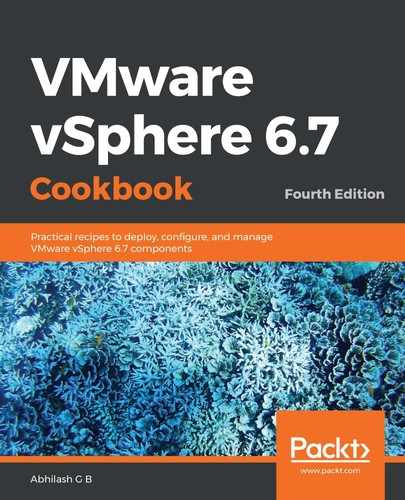Once Storage DRS is enabled, it runs periodically every 8 hours and generates storage migration recommendations based on the space utilization and latency thresholds. It operates based on the Runtime Settings configured. The runtime setting determined whether or not to consider I/O metrics when generating recommendations, the I/O latency and Space threshold.

When you deploy a VM onto a datastore cluster with SDRS enabled, SDRS will provide placement recommendations based on the space utilization and I/O load on the datastores. This reduces the complexity in decision-making when you have a large number of datastores in the environment, and of course, they must be part of a datastore cluster for this to work.
SDRS provides placement recommendations and chooses one of the recommended datastores. However, the user can opt to select another recommended datastore. Although I/O load balancing can be disabled, the SDRS will still have access to the I/O statistics of the datastores. If SDRS finds more than one datastore suitable to place the VM, then it will choose the datastore with the lowest I/O load.
Without Storage DRS, it is quite possible that, over time, as you deploy more and more VMs, you end up saturating the free space on a particular set of datastores while leaving a few other datastores underutilized. This could eventually cause out-of-space conditions, affecting the VMs running on those datastores.
With Storage DRS enabled on a datastore cluster, the space utilization on the datastores and the growth rate of the VMDKs (if thinly provisioned) are monitored. The default threshold for space utilization is 80 percent. Storage DRS will start generating Storage vMotion recommendations when this threshold is exceeded. However, when doing so, it considers the Minimum space utilization difference percentile configured in the Advanced Options on the cluster. The default value is set to 5% - meaning if the difference in space utilization between two database does not exceed 5% then SDRS will not generate migration recommendations for moving VM data between those two datastores.
The I/O load on a datastore is measured based on the current I/O latency, as seen by the VMs running on the given datastore. The default threshold for the latency is 15 milliseconds (15,000 microseconds). If I/O load balancing is enabled, then the I/O latency statistics are evaluated every eight hours. SDRS uses 16 hours' worth of data to generate Storage vMotion recommendations. The migrations based on I/O load imbalance occur only once a day.
Here are some of the configurable Advanced options, changed by editing the datastore cluster settings:

Since all of the advanced options are self-explanatory, we will not be discussing them separately in this recipe.
